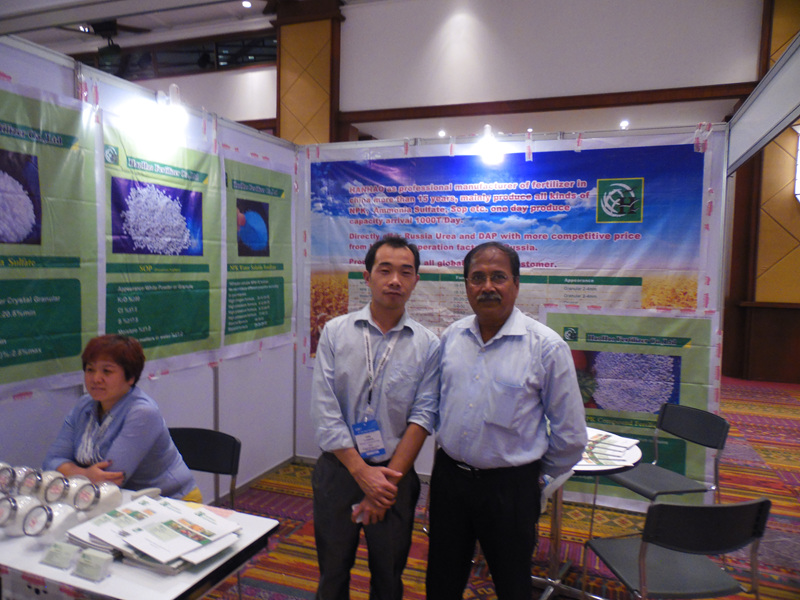
12 月 . 19, 2024 21:02 Back to list
difference between dap and npk fertilizer
Understanding the Difference Between DAP and NPK Fertilizers
Fertilizers play a crucial role in modern agriculture, enhancing crop yields and ensuring food security. Among the myriad of fertilizers available, DAP (Diammonium Phosphate) and NPK (Nitrogen, Phosphorus, and Potassium) stand out as two of the most commonly used. Understanding the differences between them can help farmers and gardeners choose the right product for their specific needs.
Composition and Nutrient Functionality
DAP is a type of phosphate fertilizer that contains both nitrogen and phosphorus—an essential nutrient combination for plant growth. It typically contains about 18% nitrogen and 46% phosphate. This high phosphorus content is particularly beneficial during the early stages of plant growth, promoting root development, flowering, and fruiting.
On the other hand, NPK fertilizers are a combination of three primary nutrients nitrogen (N), phosphorus (P), and potassium (K). The numbers on an NPK fertilizer package denote the relative percentage of each nutrient, for example, a fertilizer with a label of 10-20-10 contains 10% nitrogen, 20% phosphorus, and 10% potassium. Each of these nutrients plays a specific role nitrogen supports leafy growth, phosphorus enhances root and flower development, while potassium contributes to overall plant health and disease resistance.
Application and Use Cases
When it comes to application, DAP is typically used as a starter fertilizer, applied at the time of planting to ensure that young plants receive an adequate supply of phosphorus, which is critical for early root establishment. It is especially effective in soils that are low in phosphorus.
difference between dap and npk fertilizer

NPK fertilizers are more versatile and can be used throughout the growing season. They can be tailored to the specific nutrient demands of different crops at various growth stages. For instance, some crops may require a higher nitrogen content during their vegetative phase, while others may benefit from increased phosphorus or potassium as they enter the flowering and fruiting stages. Consequently, farmers can find NPK formulations designed for specific crops or growth phases, maximizing efficiency and yield.
Soil Considerations
Soil type and existing nutrient levels play a significant role in determining the choice between DAP and NPK. Soils that are deficient in phosphorus will benefit greatly from DAP, whereas those with balanced nutrient levels may require a more comprehensive approach through the use of NPK fertilizers. It is always advisable to conduct soil tests to ascertain nutrient deficiencies and tailor fertilizer applications accordingly.
Environmental Impact
Both DAP and NPK fertilizers have environmental considerations. Over-application may lead to nutrient runoff, which can cause water pollution and disrupt aquatic ecosystems. Moreover, excessive nitrogen usage can contribute to soil acidification and negative impacts on soil health over time. Therefore, responsible application practices, including adhering to recommended rates and timing, are essential for minimizing environmental damage.
Conclusion
In summary, the choice between DAP and NPK fertilizers largely depends on specific crop needs, existing soil nutrients, and growth stages. DAP serves as an excellent source of phosphorus for young plants, while NPK offers a balanced nutrient profile suitable for a variety of applications throughout the growing season. By understanding the differences, farmers and gardeners can make informed decisions that lead to healthier plants and improved crop yields, all while promoting sustainable agricultural practices.
-
Premium Amino Acid Fertilizer | Rapid Plant Growth Booster
NewsJul.31,2025
-
10 10 10 Fertilizer Organic—Balanced NPK for All Plants
NewsJul.30,2025
-
Premium 10 10 10 Fertilizer Organic for Balanced Plant Growth
NewsJul.29,2025
-
Premium 10 10 10 Fertilizer Organic for Balanced Plant Growth
NewsJul.29,2025
-
Premium 10 10 10 Fertilizer Organic for Balanced Plant Growth
NewsJul.29,2025
-
50 Pound Bags of 13-13-13 Fertilizer for All Plants – Bulk & Organic Options
NewsJul.28,2025
